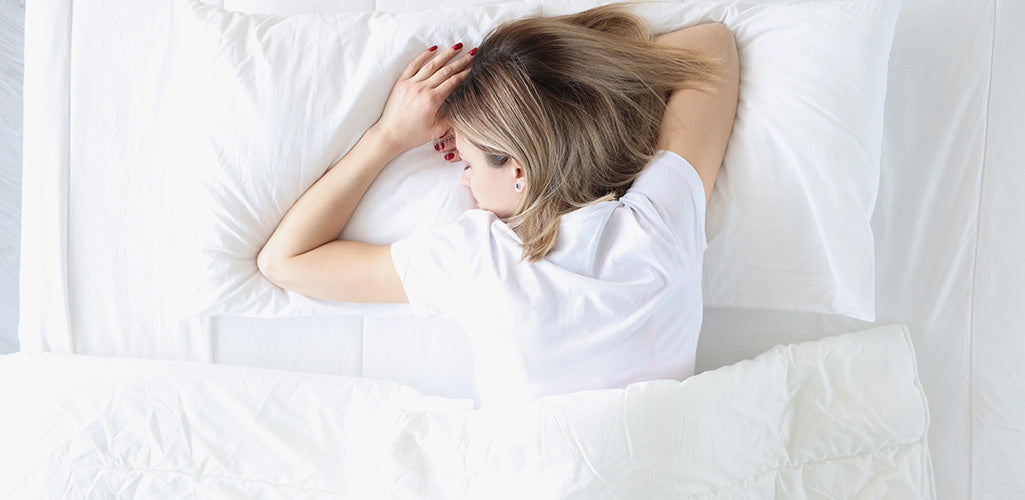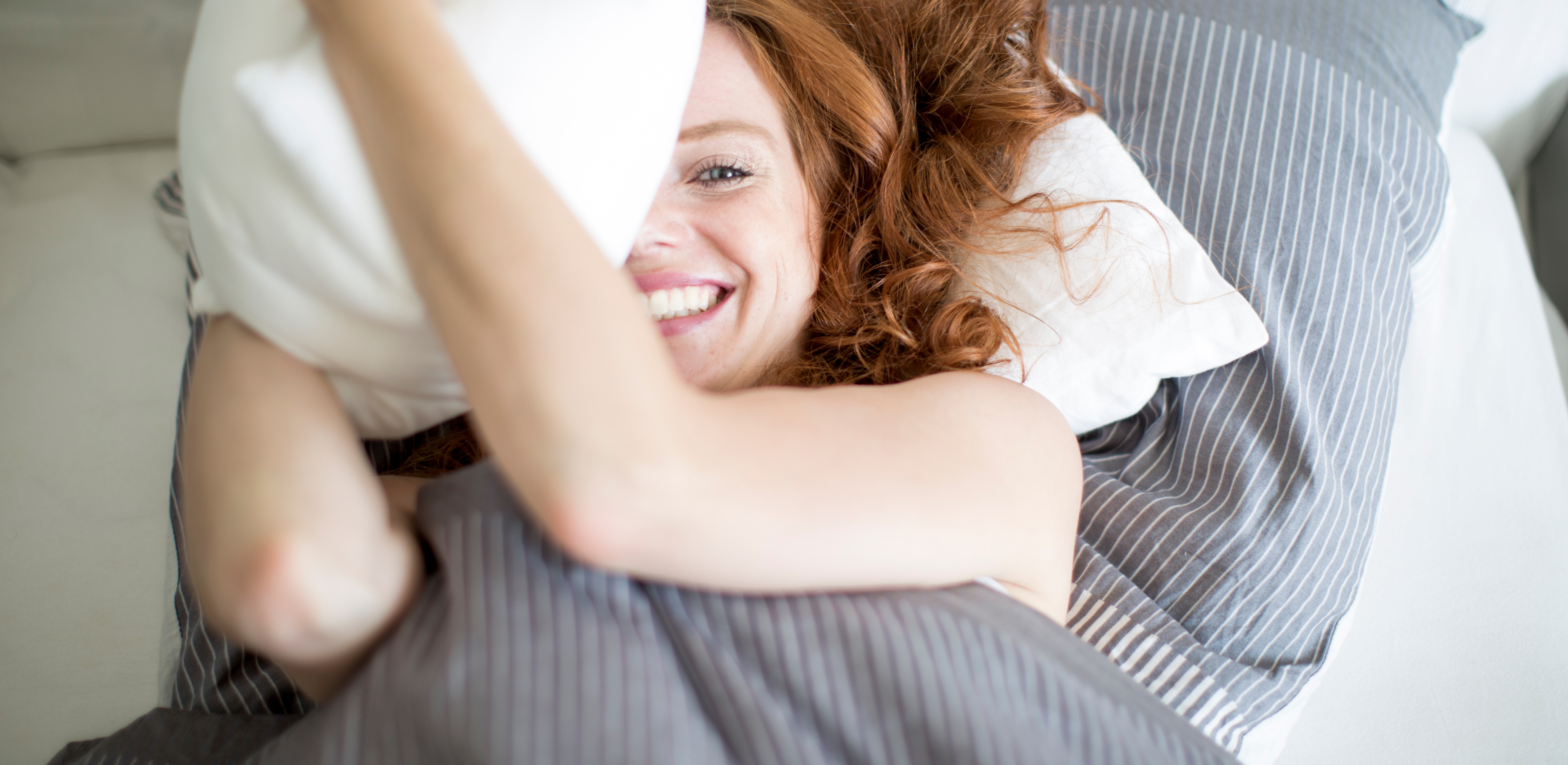
Which sleeping position is the best?
Did you know?
Those who sleep an average of 8 hours per night spend around 120 days a year in bed and usually in a very specific position. Therefore, the preferred sleeping position is anything but unimportant. If you constantly lie in an unfavorable position or use the wrong pillow, you risk tension in the neck, back pain and poorer sleep quality.
But which sleeping position is actually the healthiest? And what really matters? You'll find answers here.
Table of contents
- Overview: What does sleep research say?
- Supine position – optimal for spine and skin
- Side position – popular and stomach-friendly
- Prone position – stressful for neck and joints
- How to optimize your sleeping position
- Conclusion
1. Overview: What does sleep research say?
Even if we turn over up to 40 times at night, we usually always return to our individual favorite position According to current studies, about 95% of people maintain this pattern night after night – quite intuitively.
Important: No sleeping position is inherently bad. What matters is whether the posture supports the natural curve of the spine, whether the right pillow is used—and whether you wake up refreshed in the morning.
2. Supine position – optimal for spine and skin
From an orthopedic point of view, lying on your back is considered the healthiest position:
-
The spine remains in its natural alignment
-
Pressure points are evenly relieved
-
The skin remains wrinkle-free because the face does not rest on
But: Lying on your back can increase snoring – especially in people with sleep apnea. Studies show that over 50% of those affected only snore when lying on their backs. We have more tips for preventing snoring in this article recorded.

Tip: A flat, supportive pillow is sufficient – ideally one that relieves pressure on the neck without pushing the head forward.
3. Side position – popular and stomach-friendly
Almost 70% of people sleep on their side – with g
good reasons:
-
Relieves the back
-
Reduces snoring
-
According to studies, lying on the left side can Acid reflux reduce
Disadvantages? Due to the pressure on the face and décolleté
the skin can develop wrinkles over time.

Tip: Side sleepers benefit from ergonomic pillows that fill the shoulder-neck triangle. Mattresses with zoned support help optimally support the hips and shoulders.
4. Prone position – stressful for the neck and joints
About 15–20% of people prefer the prone position. While this can help snorers in the short term, it's problematic in the long term:
-
The head must be turned to the side → strain on the neck
-
Spine is overstretched
-
Jaw joints and face are under pressure

Tip: If you have no other choice to sleep, use a very thin pillow or no pillow at all – this will keep your cervical spine more flexible.
5.How to optimize your sleeping position
No matter which position you prefer: Pay attention to your Pillows, your mattress and your postureAn ergonomically shaped pillow that is tailored to your sleeping position can prevent discomfort and significantly improve sleep quality. You can find out how to find the perfect pillow here. here read about it in the sleep magazine.
6. Conclusion
-
supine position: Good for the spine and skin, but promotes snoring
-
lateral position: Relieves back and stomach, but promotes wrinkle formation
-
Prone position: Possible breathing relief, but risky for neck and spine



Leave a comment
This site is protected by hCaptcha and the hCaptcha Privacy Policy and Terms of Service apply.